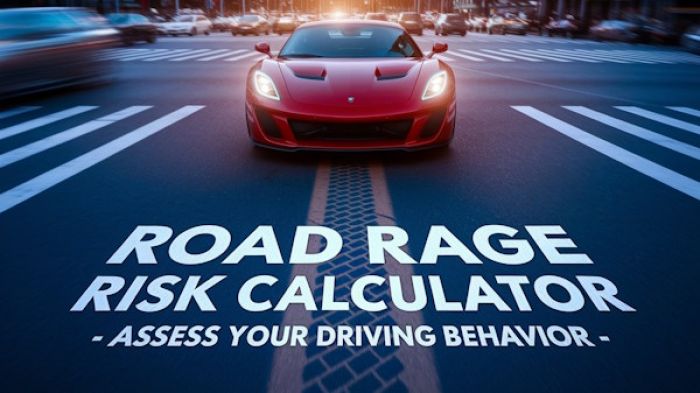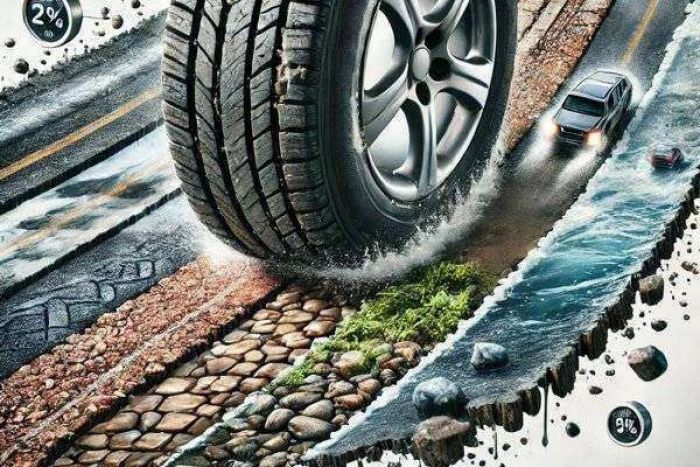The Yamaha Virago 1100 is a cruiser made in Japan that offers decent performance. It introduced many American riders to Yamaha because it is a cost-effective, powerful machine that is easy to handle and maintain.
The Virago is an attractive option for a laid-back, trusty cruiser. Are you skeptical of the all-around positive reviews and wonder whether these bikes have any common problems? Whether you are planning on buying one or simply trying to fix your own, this article will highlight the moderate and severe issues you may encounter with your Yamaha Virago.
Below is a list of common issues that are associated with Yamaha Virago owners and how to solve them.
.jpg)
It May Not Perform as Well as It Should
Riders have high expectations for the Virago 1100; unfortunately, several owners have reported performance issues with their bikes. These problems may manifest when your engine begins to run rough, causing your bike to jerk, lurch, and sputter. If you ignore your bike's cries for attention, it will eventually start to stall when the engine won't take it anymore and cuts out completely. In extreme conditions, your bike may stall, and the engine may cut out completely.
The following are the factors causing the bike to underperform:
1) A Faulty Fuel System
A faulty fuel system is a top cause of performance issues in the Virago 1100. Riders who only use their bikes every now and then are more likely to face this challenge. Prolonged parking causes fuel to evaporate in the tank, which may result in a deposit of some sludge at the bottom of the tank. Similar deposits may also build up in different fuel system parts like;
- Fuel lines
- Carbs
- Fuel selector valves
- Fuel tank
- Breather check valves
The deposited sludge interferes with the fuel; thus, the bike is starved of fuel when it goes back to use.
Your defective fuel system will result in the bike jerking and sputtering while riding. The motorcycle may lose power when the fuel supply system is restricted from its usual amount.
You will know your pump is failing when:
- Your bike's fuel pump is producing a whining noise instead of the low humming of a fuel pump operating optimally.
- Your bike surges forward as though you gave it too much gas. This is usually due to irregular resistance build-up in your pump.
- Riders who fail to heed the warnings above end up stranded when their engine stalls.
2) Rust Corrosion
Rust has proven to be a significant cause of the Yamaha Virago 1100's poor performance as time goes by. Owners have reported rust building up in the bike's internal system. Like with a faulty fuel system, this problem is more common in bikes that have been stored for an extended period without being used.
The rust formed is similar to the fuel sludge described above in that they both affect the smooth fuel flow in the bike. Over a long time, the accumulated rust can clog the different fuel system parts mentioned earlier on. An engine with a partially blocked fuel supply system leads to a bike's poor performance.
Solutions
Riding your bike often and correctly is a great way to avoid fuel pump malfunction. If you let your bike become a garage accessory, sludge will build up in your fuel system and cause issues when you eventually take it for a ride. The fuel lines should be juiced regularly to avoid damage to the fuel system.
When parking your bike for a long duration, store it in a dry environment. You should also ensure that your tanks are drained of all liquids. Any liquid left in the bike will cause condensation, creating a suitable environment for the formation of rust.
A preemptive solution for your bike's poor performance includes inspecting all fuel system components, including the fuel pump, carbs, breather check valve, fuel selector valve, fuel pumps, and fuel tank. Any of those mentioned above can get clogged with rust particles, so it is essential to inspect your parts periodically.
Another handy maintenance tip is to scrutinize the components that allow air into the fuel system. A restricted airflow into the fuel system can result from clogging vacuum lines and air filters with sludge and rust. When the system is blocked, the engine tends to run rich, leading to poor performance. Always make sure that you clean these parts to avoid this problem in your bike.
Electrical issues
Electrical issues are the worst in your Yamaha Virago because they are so hard to diagnose. When it comes to older Yamaha Virago, it is common to have some damage on the wiring harness, primarily for bikes that have been sitting idle for some time. If your bike's wiring is acting out, this section is for you.
Below are the typical electrical components on the Yamaha Virago that, over time, may need an upgrade;
1) A Faulty Rectifier or Regulator
The rectifier is in charge of maintaining the suitable current going to the battery. Motorcycles use a miniature charging system that begins with a stator component. On the other hand, cars keep their batteries energized by a comprehensive alternator. Your bike needs to output more power as the engine accelerates. When the rectifier is not working optimally, your motorcycle will develop battery problems.
A faulty rectifier can translate to damage occurring to your battery. Common symptoms of a defective rectifier/regulator include:
- Rough idling,
- Loss of power,
- Engine spluttering, and
- Loss of acceleration power.
Solution
Riders are advised to purchase new compatible rectifiers as soon as they notice the fault. In time, failure to replace a faulty rectifier will create battery problems. Your battery is a crucial component of your Virago 1100. Do not let a faulty rectifier eventually compel you to replace the battery. A rectifier in good working conditions controls the battery voltage keeping the power output within limits. A faulty rectifier causes a battery to die abnormally because it poorly manages current.
2) A Faulty Stator
If you are an owner of a Yamaha Virago, you should constantly inspect your stators as it is an essential part, and this bike is an older model. A stator may become faulty due to prolonged exposure to pronounced heat and vibration. Remember, it is responsible for charging the battery.
The stator is a coil of wire in the engine case with a spinning magnet to generate an alternate current (AC). The rectifier then converts the AC that flows through it to direct current (DC) at a constant output. Broken stator results in your battery not being fully charged; thus, a weak spark is produced by your igniter, and your bike performs poorly.
Solution
Where your stator is faulty, you are well advised to replace it as soon as possible to avoid ruining your battery.
3) Faulty Electrical Connections
Whenever you find that you are having problems with your electrical system, you first need to look at your battery terminals for any issues. The battery connectors tend to loosen, wear or even break with time. Any of these issues could cause your engine to be starved of the charge it needs.
Riders should also be on the lookout when you spot other symptoms of a faulty connection, including dimmed headlights, and inspect your electrical system.
Solution
Whenever you come across a loose or broken electrical connection, you should clean the connections and re-fasten them. When re-fastening, ensure that the connections are properly tightened.
4) Faulty Starter
Since the starter is responsible for starting your bike, assuming that a damaged starter can stop your bike from starting is appropriate. In older models of the Virago, the starter making noises is a common issue. Here are typical symptoms of a faulty Yamaha Virago starter:
- A clicking noise is coming from your starter.
- Your starter is slipping.
- Your starter is turning slowly.
- Your starter is not running.
Any of these issues could have caused your faulty starter:
- A bad starter clutch.
- Bad connections.
- A worn-out battery.
- Worn out wires.
- Defective solenoids.
- Defective relay.
- Worn-out starter motor.
Final words
All said, the Virago 1100's problems should not scare you off. This bike offers many desirable qualities that make up for the few common challenges. Riders are advised to seek the help of certified auto repair experts whenever they encounter an issue they cannot diagnose or solve. The sooner you attend to the problem, the less it will likely cost you in the long run.
Your Virago 1100 has what it takes to serve you for years. All you need to do is give it the proper care and maintenance. The first step is simple and enjoyable, aim to ride your bike for a considerable distance at least once a week.
Next, you must faithfully keep up with your servicing schedule to help the professionals warn you of any components that are looking damaged or worn out. Owners should also have a personal maintenance routine that includes regular oil changes and inspection of crucial parts.
About the authors
The CarAraC research team is composed of seasoned auto mechanics and automotive industry professionals, including individuals with advanced degrees and certifications in their field. Our team members boast prestigious credentials, reflecting their extensive knowledge and skills. These qualifications include: IMI: Institute of the Motor Industry, ASE-Certified Master Automobile Technicians; Coventry University, Graduate of MA in Automotive Journalism; Politecnico di Torino, Italy, MS Automotive Engineering; Ss. Cyril and Methodius University in Skopje, Mechanical University in Skopje; TOC Automotive College; DHA Suffa University, Department of Mechanical Engineering






Add comment